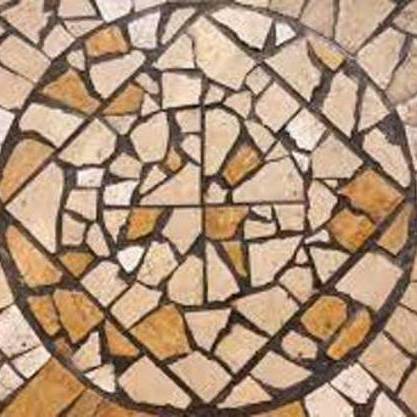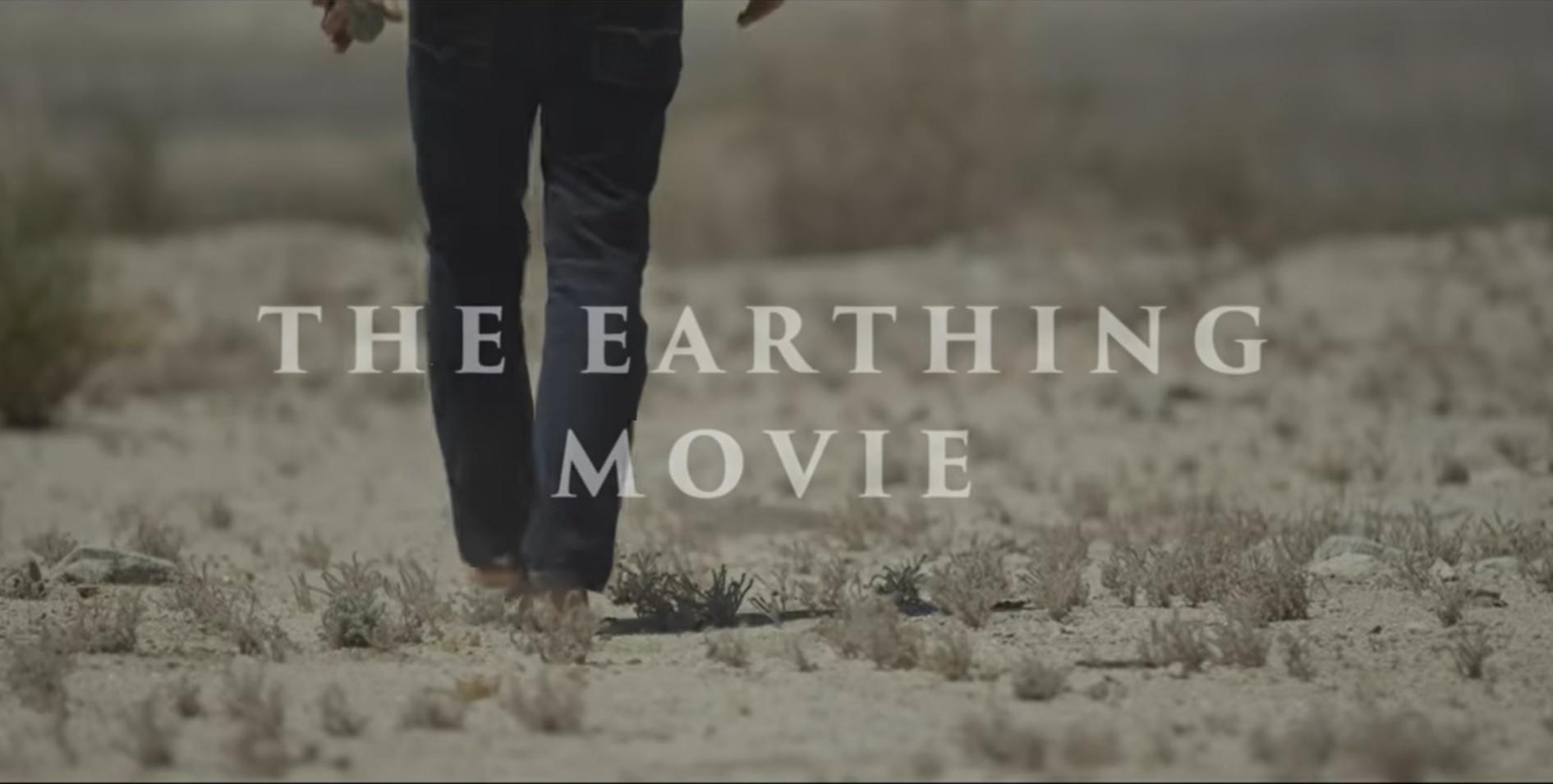Earth
The Earth is Much More Than Dirt
We have become disconnected from nature, untethered from the Earth. Most of us live plastic, insulated and sanitized lives. This has far-reaching consequences, many unintended, unstudied and largely unrecognized. You’ll likely be much healthier and happier—truly grounded—if you spend more time in nature and touch the surface of the Earth on a regular basis.

“Heaven is under our feet as well as over our heads.”
Henry David Thoreau
Practice: Earth Grounding
Spend time in nature 3-4 times a week. Any clean, safe patch of green will do.
If safe, take off your shoes and socks and walk in the grass or on the sand, rocks or bare ground. Do it for about 20 minutes. Direct contact with the Earth will amplify the effects of being in nature. Swimming in a lake or the ocean has similar effects. Walking on some surfaces, like concrete, can also ground you to the Earth.
If you jog or do exercise outside already, you can add ‘earthing’ to your existing routine.
If you’ve had a particularly stressful day or week, do some ‘earthing’ and notice if it helps drain the tension and strain from your body and mind.
Why on Earth?
Generally calming. Increases body awareness through stimulation of touch, smell and other senses. Relaxes respiration, the eyes, and much of the rest of the body follows. Preliminary research indicates that earth grounding can potentially provide anti-inflammatory and other health benefits.
The good news is, it’s still free!
Twenty minutes, 3 times per week, can bring benefits. Experiment and see what works for you. You may find the more you do, the better the results.
Variable, depending on where you live. Urban environments can be a challenge, though most cities have parks that will suffice if nothing else is easily accessible. Find a patch of green , a pool, or a slab of concrete, and the rest comes down to having a routine and putting in the time.
“Exposure to the ground provides an electrical 'nutrient' in the form of electrons. Think of these electrons as vitamin G—G for ground. Just like vitamin D, you need vitamin G for your health.”
Clint Ober
Resources
Regular contact with the Earth was part of daily life until around the 1950s. We’ve drifted away from the ancient and common-sense wisdom of staying close to the Earth, especially since the advent of cheap synthetic materials and ubiquitous electronics that separate us from our natural ground and keep us indoors.
The modern ‘earthing’ movement was started in the late 1990s by American Clint Ober. A modest body of research and resources on earthing now exists. To learn more, watch a recent documentary.
“Land really is the best art.”
Andy Warhol
